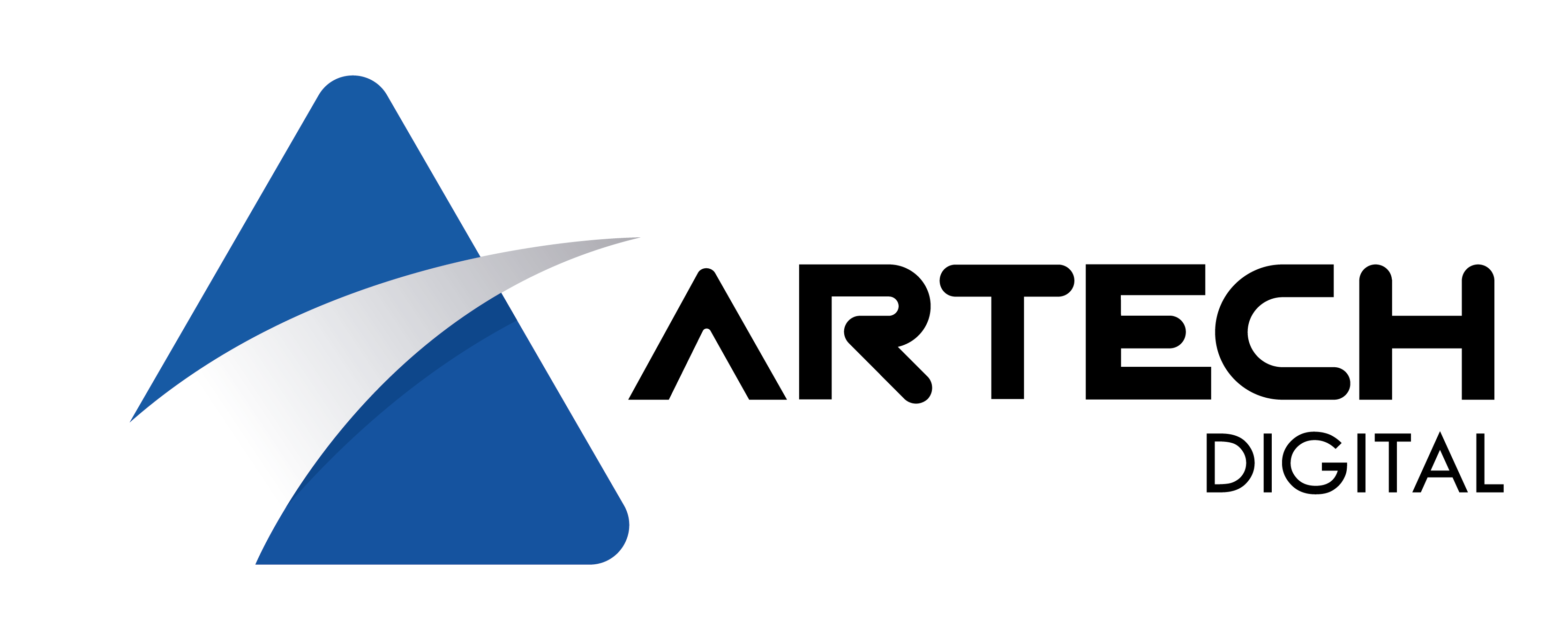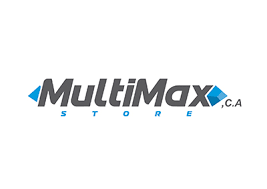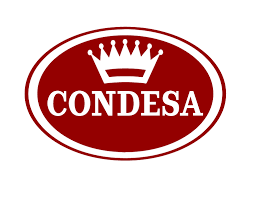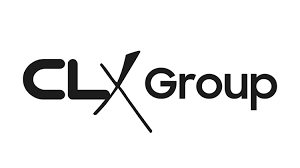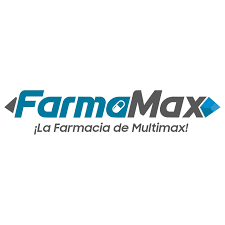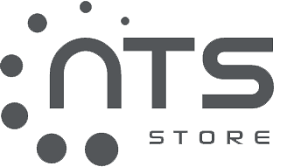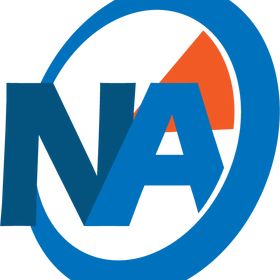Whether you have a new blog, a lifestyle magazine, or a great national news website, you probably have tags and tag pages in your arsenal. The important question is, are web tags necessary? Are they a friend or a foe when it comes to SEO? Let’s investigate.
What are tags and how were they born?
On the Internet, a tag is a keyword or a term assigned to an information. Tags help to describe an element and are very useful for search.
Tags began to become popular during the rise of the so-called “Web 2.0”. This was mainly due to the growth of social bookmarking, image sharing and social networking sites.
Sites such as Del.icio.us and Flickr were among the first to offer tagging functionality. Users could easily create tags to categorize content using keywords. And computers, or databases, had a way to quickly search for content using tags.
Managing web tags helps to visually display how content is tagged, which is useful to both the original tag creator and the broader community of website users.
Tags have a cool cousin called a hashtag. A hashtag is simply a tag marked with the prefix “#”, sometimes known as a “hash” symbol.
Hashtags became widespread in microblogging services and social networks such as Twitter, Facebook, Google+ and Instagram. Hashtags work similarly to tags and allow people to easily tag and find content for a specific term.
So far so good, but where is the problem?
Tags can be chosen from a predefined vocabulary (called “top-down taxonomy”) or, more often, informally and personally by the content creator (called “bottom-up taxonomy”).
It is within the ascending taxonomies that we find the common trap of labels: unlimited possibilities of naming!
This is especially true for large publishers, who tend to produce dozens of articles per day from a team of contributing authors.
Giving collaborators and editors the ability to create new tags for each piece of content can result in an unexpected swelling of tag pages, which are thin on content and will not be considered unique or indexable by search engines.
Some tags will be useful to readers, allowing them to quickly jump to relevant content.
What should an SEO do?
Performing a thorough analysis to manage web tags can be difficult.
This may involve manually executing some database queries, exporting data and manipulating it into spreadsheets, using different content analysis tools, or all of the above.
1. Extract the number of labels per item
Take a look at the pages of your articles and extract the number of labels per article.
The HTML extract function works very well, in case no structured data is available.
2. Analyze the quality of your tag page content
The next step is to analyze the quality of the content of your tag pages. Isolate pages that are too similar and/or have thin content.
3. See if the performance of the URL correlates with the number of
Looking at the cross-analysis with the analytical data, check the performance of the URLs (number of hits, visits, and – if available – conversions/interventions) and if it correlates with the number of tags used.
This view shows us that tag pages that are receiving organic traffic have multiple items per tag page (based on content size). In contrast, thin pages that contain only 1 or a few items per page do not perform well.
Now that we have the list of URLs for the tag pages that are not receiving visits, we can start removing or combining tags and updating our article pages.
After implementing the changes, we should re-crawl the site to confirm the expected impact on the crawl budget, indexing and rankings.
For the future, consider combining top-down and bottom-up tagging strategies. Keyword research can help you create new tags for article pages and analyze performance when managing web tags.
These steps and strategies may also be relevant not only to publishers, but also to many e-commerce, classified or marketplace websites.
This post is also available in:
 Español (Spanish)
Español (Spanish)
